Day 3: Around Rome
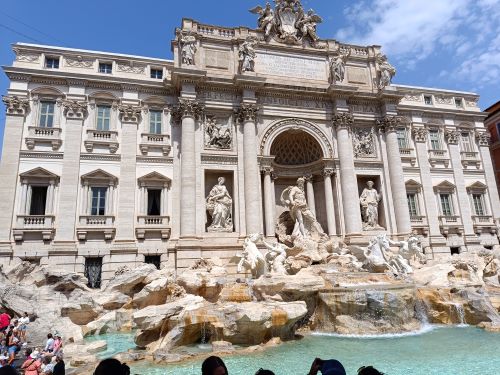
Here are a few places we visited around Rome, which we treat as fillers and photo op. With kids and elderly, our plans did not pack in a full day itinerary. We left these places as opportunistic, depending on the weather and traveller’s energy level.
Trevi Fountain
No visit to Rome would be complete without visitng Trevi Fountain. This fountain attracts millions of people every year. Wishes are made and fulfilled by throwing coins in the fountain. For most people, the fountain is a romantic backdrop.
We walked to Trevi Fountain after visiting Pantheon. We wondered into a crowded side street that opened up to left side of the fountain. It is very grand, especially when the sound of gushing water can be heard above the noise of the crowd.
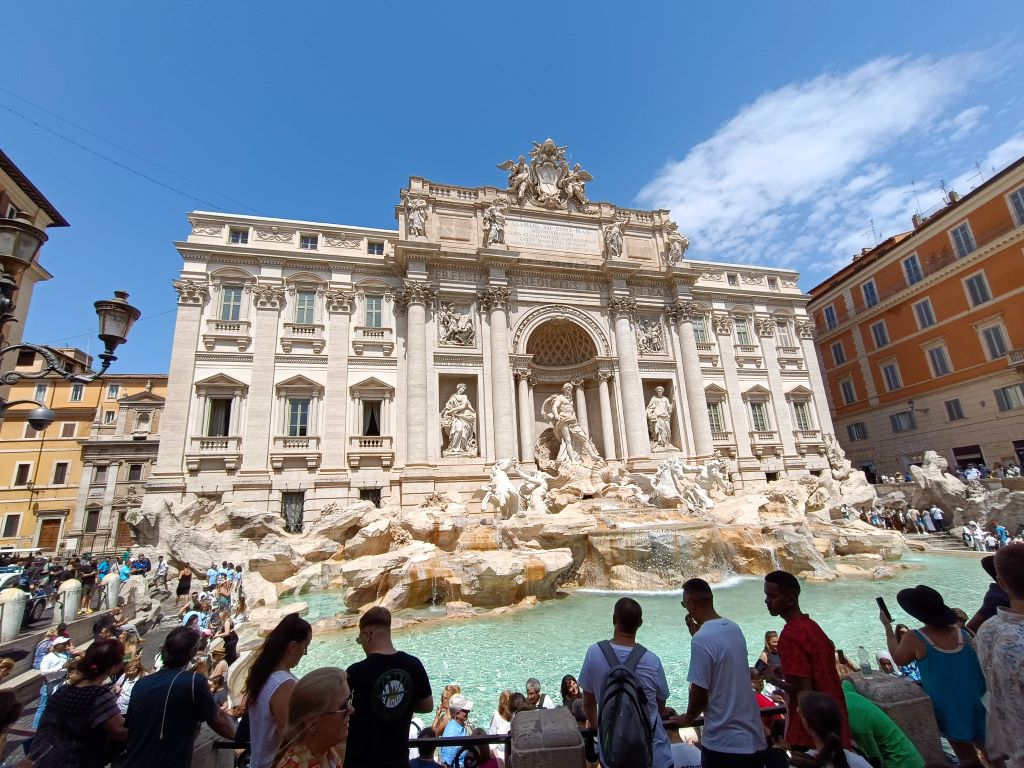
Spanish Steps
Spanish steps is one of those places that we saw on travel shows but never look up it’s significance. It is a short walk from Trevi Fountain so it is definitely a stop if you are already at Trevi Fountain. We only did a photo stop here, it was too hot and we were too tired to climb to the church. Apparently that is where we should have visited.
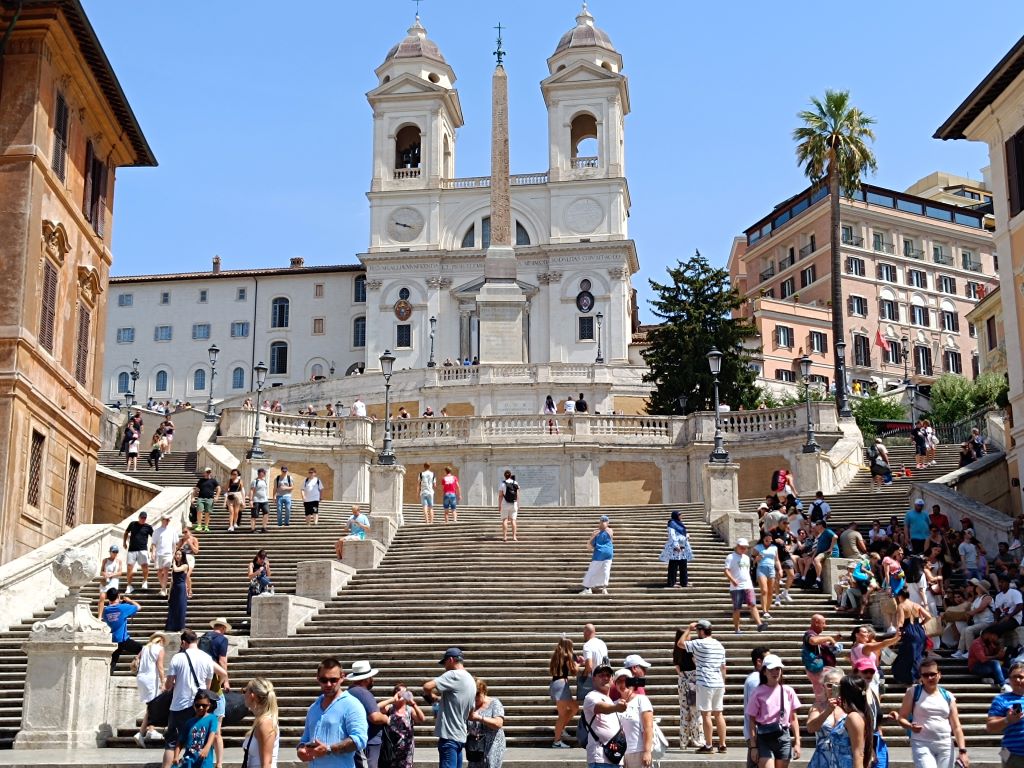
National Museum of Rome
There are 3 National Museums in Rome, one of them was closed for renovation while we were there. The museums are a great place to visit when there’s free time in the itinerary. When planning for Rome months in advance, we were not sure how far the kids could walk or how bad the weather would be. So we bought tickets knowing we may not use it.
You can get tickets from the National Museum of Rome website. The ticket allows you to visit 3 museums within 7 days. The 7 days start after you visit the first museum. Museums are a great place to get some shade from the heat, but for the most part there’s no air conditioning.
National Museum of Rome, Baths of Diocletian
This museum is near Rome Termini station and also near our hotel. Museo Nazionale Romano, Terme di Diocleziano was formerly a roman bath, something that we really want to see. The museum was also an abbey for a while. The beautiful cloister that was designed by Michelangelo is well preserved to be admired. It provides a place to rest in quiet contemplation.
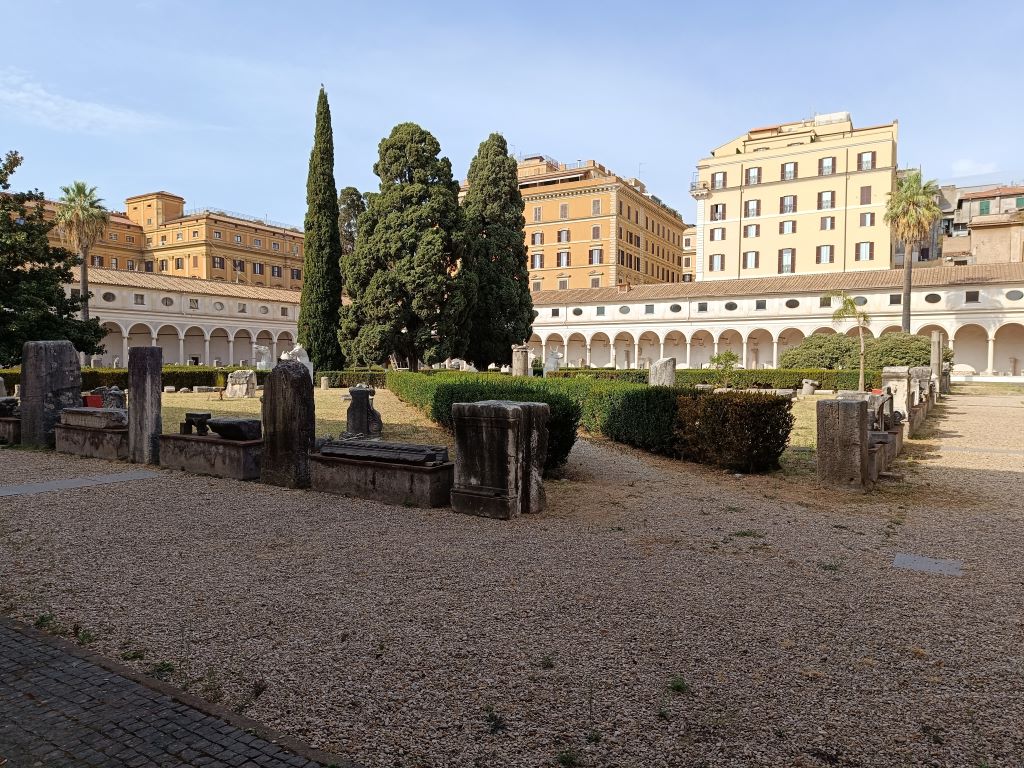
Another section of the museum, houses the remains of a Roman Bath. Apparently there was a hot thermal pool that feeds into the bath. Not much of the bath remains other than a few giant structures that supposedly hold up the roof. The reservoir that holds water for the baths is still intact, but it’s just a big room with exhibits. There are also some roman cemetery that was found, dug up and rebuilt in the bath areas of the museum. Well preserved artefact showing life in the Roman times.
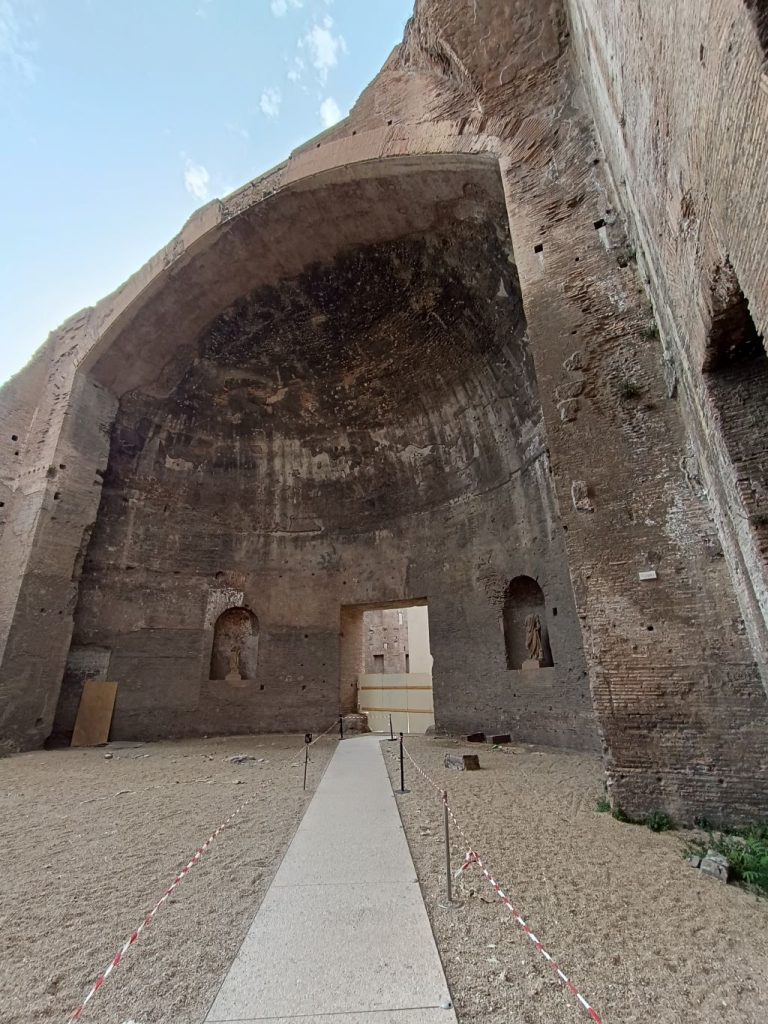
National Museum of Rome, Altemps Palace
Our tour guide in Vatican City said that a lot of the statues that see around Rome we found in pieces. Then they try to piece them together or create new parts to make it whole. She implied that a lot of statues we see are “new”, modern guesses on what it would look like and that a lot of these statues are in a Museum in Rome
Museo Nazionale Romano, Palazzo Altemps sounds like the place she mentioned. This whole museum is dedicated to important statues. These statues give an idea on how important people look like (emperors, heroes) and what Romans worship (gods and goddesses). The statues in the museum shows what part were originally found and which were later addition. This may be the museum that the Vatican tour guide was referring to having statues that were pieced together. We find it strange that the Romans were collecting statues of Greek mythology. Maybe it’s their kind of antique.
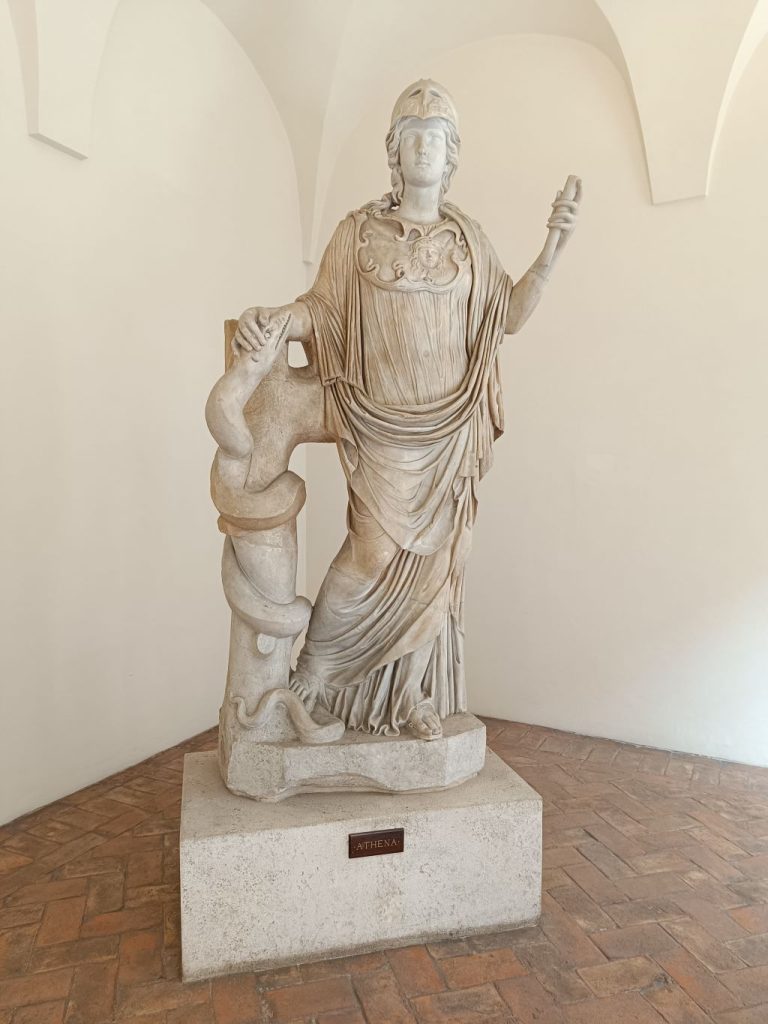
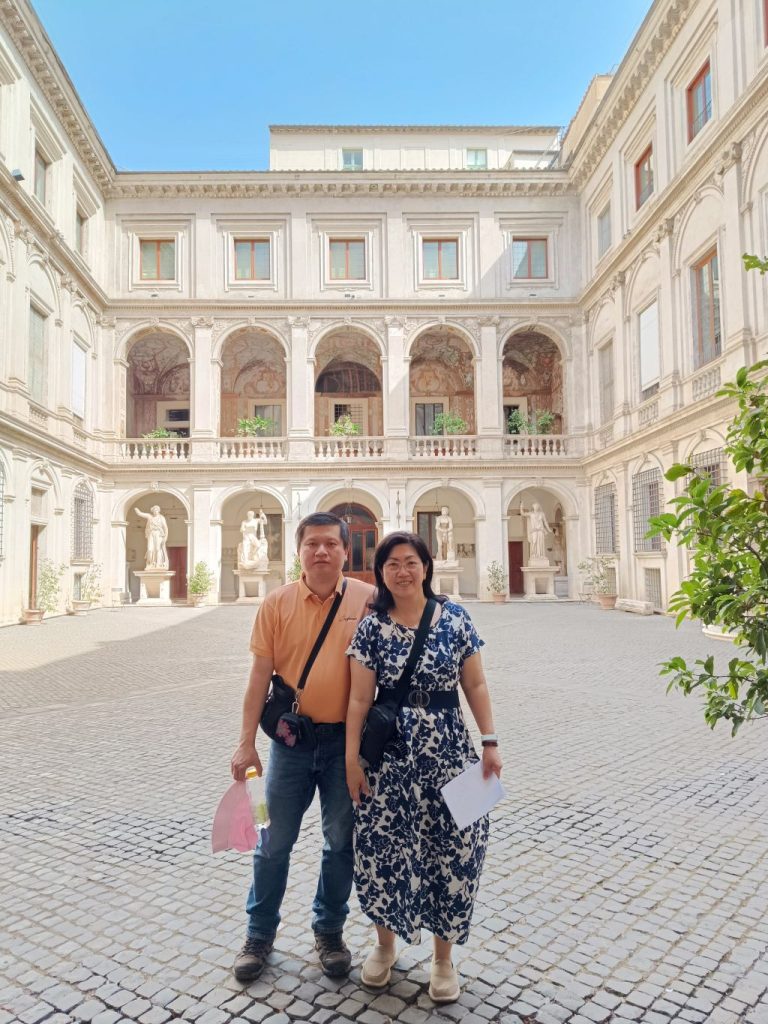
Read all the stories on our visit to Rome
2 thoughts on “Day 3: Around Rome”